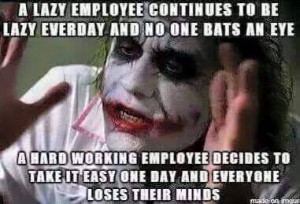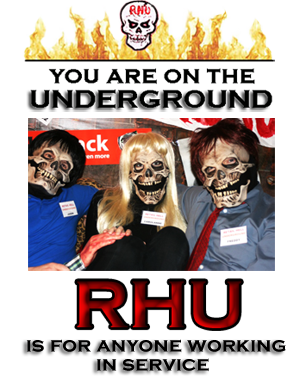10 Weird But Best-Selling Items in America
Check out these 10 weird products, all of which are already best sellers.

Iran’s having a hell of a time mining uranium without raising the ire of other countries, but the American government doesn’t seem to mind individual consumers buying uranium, so as long as it’s “for educational use and experiments only.” That’s right, don’t plan on conducting any nuclear experiments this year or next!
Uranium ore by Images SI, Inc. is said to have low radioactivity and is therefore license exempt. U.S. consumers have purchased 18.6 million pounds to date.

It turns out superstitions are profitable, even if they are not actually authentic.
The tradition is to break a wishbone. However, Ken Ahroni was not one to underestimate the absurdity of this Thanksgiving tradition and began manufacturing plastic wishbones for families who wanted more than just one per turkey.
Turns out, hoping for things that won’t come true is a whole family thing and not just reserved for mom and dad. Over one million units have been sold, and the item has even prompted a lawsuit — and as we all know, that’s when you know you’ve really made it.

Over 45 million Ped-Eggs have been sold since 2007, and they are little more than egg-shaped foot files. They treat foot calluses and dry skin with over 135 precision micro-files.
Perhaps the greatest thing about the Ped-Egg is that it collects all of the skin shavings, saving the consumer the clean up time and embarrassment of doing so.

The surprise hit of 2013 is a card game advertised to be as “despicable and awkward as you and all your friends.”
In Cards Against Humanity, a player chooses a black card, reads the question, and then everyone answers with their funniest white card. This simple concept was so successful the company announced that the product has sold out as of January 2014.

If you’ve ever had a dog then you know how much they like to stick their head out the window of a moving car. However, did you know that your canine’s favorite pastime can dry out your dog’s eyes?
It’s a good thing that there’s Doggles – goggles made for dogs. Doggles were created by Roni Di Lullo for her sunlight sensitive pooch. Ever since then, people have been gong barking mad for them. Even the US military bought 120 pairs for a presumably war-related expense.

This app lets your phone make fart noises. The iFart has 26 basic fart sounds and even has a “record your own” option.
At $.99 a pop it was downloaded 113,885 times in its first 2 weeks. It may be impossible to know how much the ifart app has been downloaded since, but based on the amount of people who find fart jokes funny it’s gotta be in the millions.

With well over 5,000,000 sold, Chia pets are practically outperforming Chia seeds (which actually do more for you then just grow).
From Bart Simpson to Chia cats to even a Willie Robertson (Duck Dynasty) beard, there are numerous chia pets out there – perhaps in more shapes and molds then you’ll ever know. If you’re tired of making green afros on celebrities (and who would get tired of that), you can still eat the seeds, which double as a popular health food snack. You can by your Chia pet for only $19.95, commercial jingle not included. (Ch-ch-ch-chia!)

Long before Japan’s artificial life forms like the Tamagotchi virtual pet hit the market, there was another meaningless pet — though this one is different from other weird gadgets because of its incomparable uselessness.
The Pet Rock was the brainchild of ad wizard Gary Dahl. Dahl was tired of traditional house pets and decided to create a product based almost solely on marketing, with no innovation.
Maybe it was fitting that the height of the Pet Rock’s popularity was 1975, a year of counterculture absurdity. The 70s were perfect for the launch of the decorative mock pet, which — believe it or not — did no tricks whatsoever. During that time, The Pet Rock sold 1.5 million units.
The Pet Rock became available again in September 2012, with the newest models featuring USB connectivity. The point being…er, nothing, once again.

To own a Snuggie – a wearable blue blanket with sleeves – is one thing, but a Snuggie fashion statement was unexpected.
With 20 million Snuggies sold, people started wearing them out in public – to sporting events, aboard airplanes, and even inside pubs. That people wearing Snuggies look like a bizarre cross between a member of the Illuminati and the Cookie Monster doesn’t seem to be a problem.

Sold mainly through television and the Internet, Sticky Buddy has sold 500,000 units since its inception in mid-2012.
Sticky Buddy is a normal product but what sets it apart are the rubber protrusions, also called fingers, that have the ability to remove hair out of fabric. As such, sticky buddy is used for couches, carpets, comforters, and car seats to pick out dog hair, cat hair, mouse hair, and dare we say, your spouse’s hair.





















Recent Comments